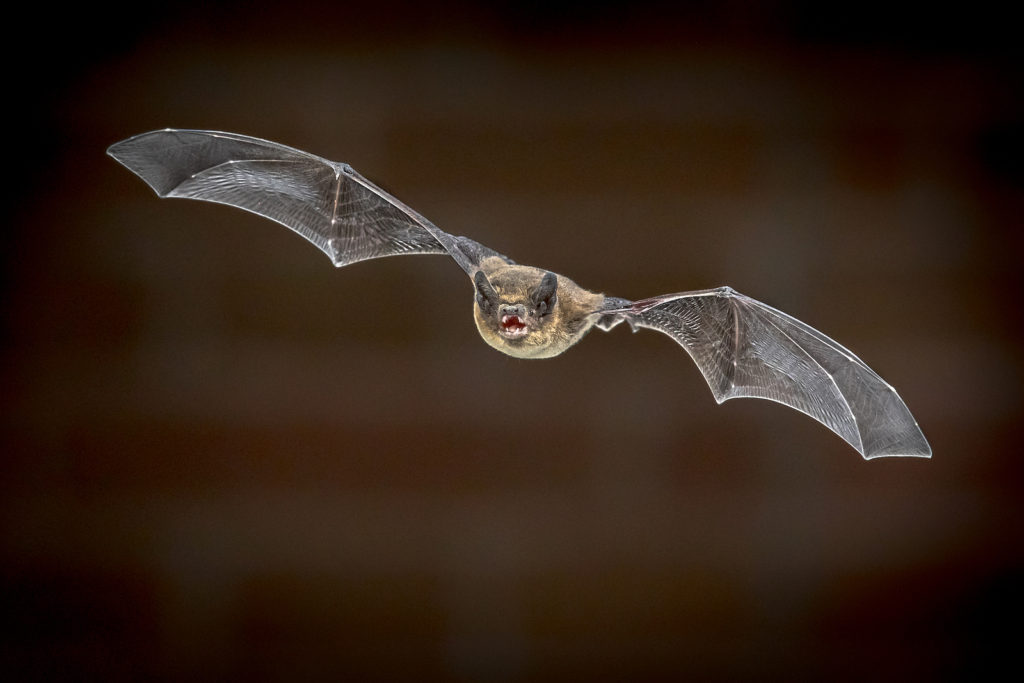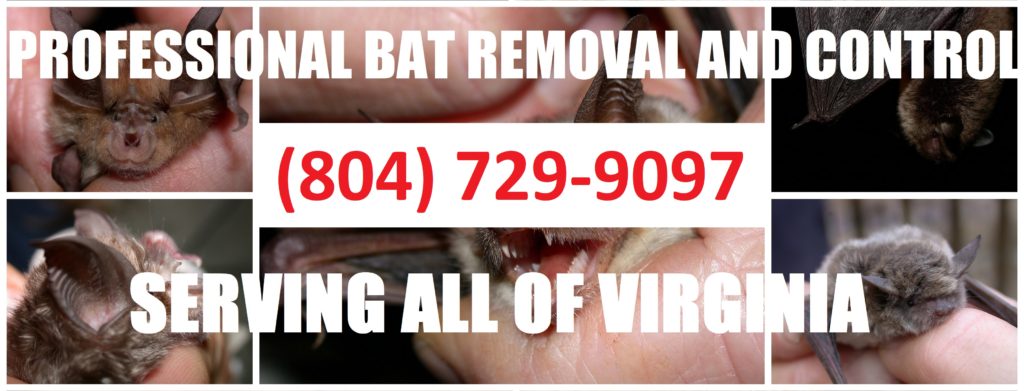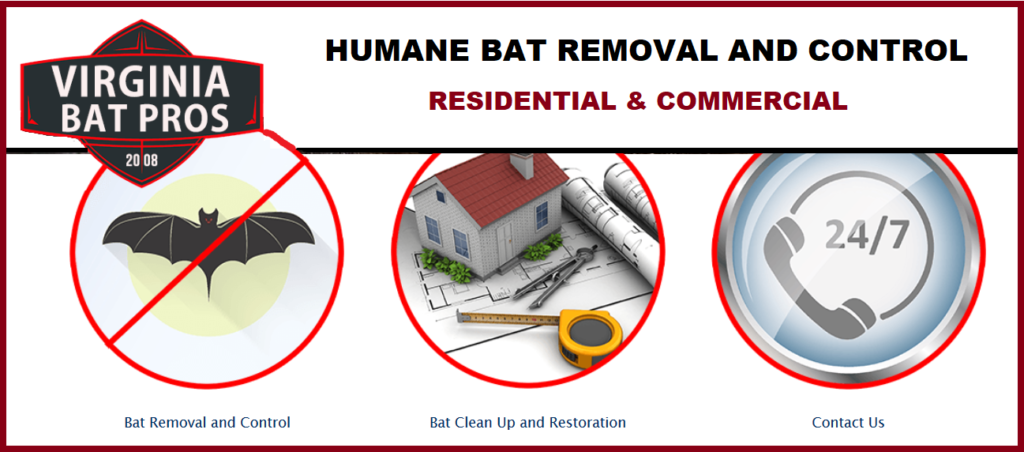Nuisance bats are not something you want loitering around your home. Bats are known to cause extensive amounts of damage to both interior and exterior areas of a home or building. Since local bats are tiny, they can squeeze through an opening as small as 3/8ths of an inch! That means the smallest gap, crack, or opening is a wide open door for bats. They are best at gaining entry into attics but can also be found infesting areas like crawl spaces, garages, roofs, sheds, and more.
If you suspect that you have bats in the attic or a bat infestation problem on your property, review these frequently asked questions about bat infestations and bat damages to learn your options for remediation.

Bat Infestation FAQS
What Kinds of Damage Do Bats Cause?
Bats cause a lot of damage, mostly with their droppings. Wherever they reside or roost, bats will leave behind urine, feces, and food debris. Floorboards, ceilings, walls, insulation, electrical wiring, and more will become saturated and stained overtime. They may also gnaw on electrical wiring, drywall, insulation, and more. On the exterior of a home, bats will leave behind an oily residue around their entry points. This oil comes from their fur and leaves behind black-ish brown stains that are indicative of a bat infestation. Bats can also damage roof shingles, siding, and gutters.
Where Do Bats Like to Hide Out?
The most common areas for bats to roost is hollowed trees, roofs, attics, crawl spaces, under porches, in garages, and in sheds. They prefer quiet, dark, and warm spaces. If they can find access to any of these areas, they will roost there for as long as they can.
How Many Bats Do I Have in the Attic?
The only way to know how many bats you have in your attic is to hire a professional critter control company in Virginia to diagnose the problem. However, it is helpful to understand that bats are not solitary mammals. So, where there is one or two bats, there are likely many more. Furthermore, you are likely to find bats in the attic over any other part of your house.
Is Bat Guano Dangerous?
Guano, or bat stool, can be a highly useful resource under the right circumstances. However, the accumulation of guano in your home can pose some serious health risks, making it quite dangerous indeed. Guano can grow fungal spores called Histoplasma capsulatum, which can cause a serious lung disease called Histoplasmosis.
Histoplasmosis is also known as “Cave disease”, “Darling’s disease”, “Ohio valley disease”, and “spelunker’s lung.” Histoplasma capsulatum fungal spores can become airborne and then inhaled by both people and pets. Guano can also develop and transmit viruses, bacteria, and parasites, which become airborne too.
How Can I Repair Bat Damages?
The only way to properly renovate damages caused by bats in the attic or other area of your house is to hire a professional Virginia bat removal and control company that provides wild animal damage cleanup and restoration services. In many cases, homeowners’ insurance policies cover bat damages to some extent, and many wildlife control companies accept and perform insurance claim work. They will cleanup, decontaminate, sanitize, fumigate, and repair the mess left behind.
Are you looking for safe and affordable bat infestation removal and attic cleaning service near you? Contact Virginia Bat Pros at 804-729-9097 for affordable bat damage cleanup and restoration in Richmond, VA and its surrounding counties. We serve residential and commercial properties.
Related Posts:
How to Use One-Way Screening to Get Rid of Bats
3 Transmissible Bat Diseases That Can Affect People and Pets
Who is Responsible for Bat Damages if I Live in an Apartment?



